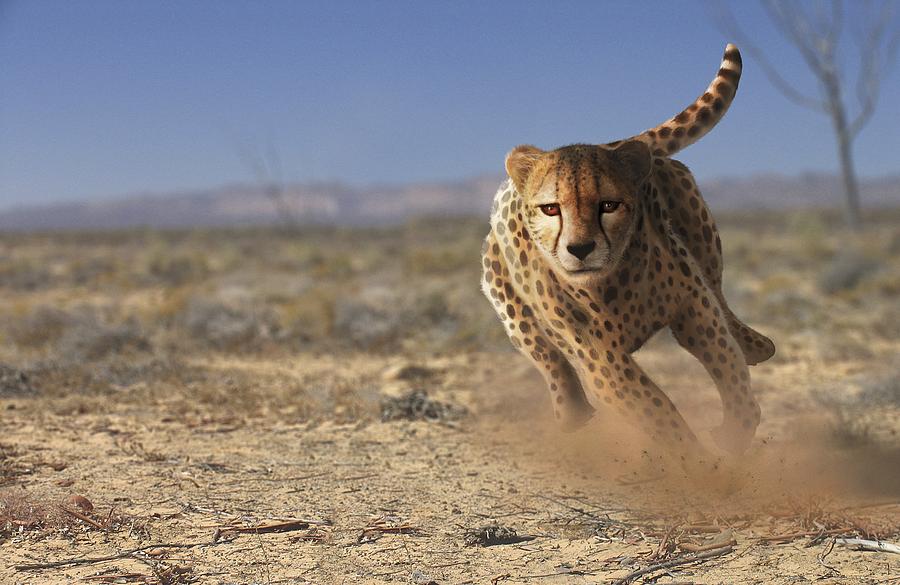
A desperate hunter who once witnessed the marvelous hunting skills of a mother cheetah figured the easiest way he could bring more food for his family was to have one of these animals as a pet, so he decided to steal away the cubs when the mother was busy dragging the heavy kill. But when the poor mother finally dragged the kill towards the spot where the cubs were lying, she found out that they were missing. All that hard work, and for what? She had lost her cubs. For hours and hours, she cried alone in that jungle, and those tears became a reminder of how cruel humans can be, permanently scarring her fur with black tear lines. A very human thing indeed, isn’t it? Trying to take the easy way out? Not caring if it hurt someone else or something else in the process? Well, it’s high time we broke that cycle. Enough animals have been hurt and pushed to the brink of extinction, and it’s time we finally did something about it. So join me today to learn more about these roadrunners in real life, cheetahs, as well as what we’re doing wrong that has almost led to their extinction in the wild.
The fast and furious of the jungle—cheetahs—are the fastest-living land mammals who possess the ability to reach a top speed of 114 kmph. With a sleek and slender build specifically designed to reach such high velocities, Acinonyx jubatus is characterized by its pale yellow fur with black spots and black vertical lines that run from the inner corner of each eye to the outer tip of its mouth, along with a white underbelly. Their long bodies usually have a length of about 4m and they possess an equally long tail of 3m.
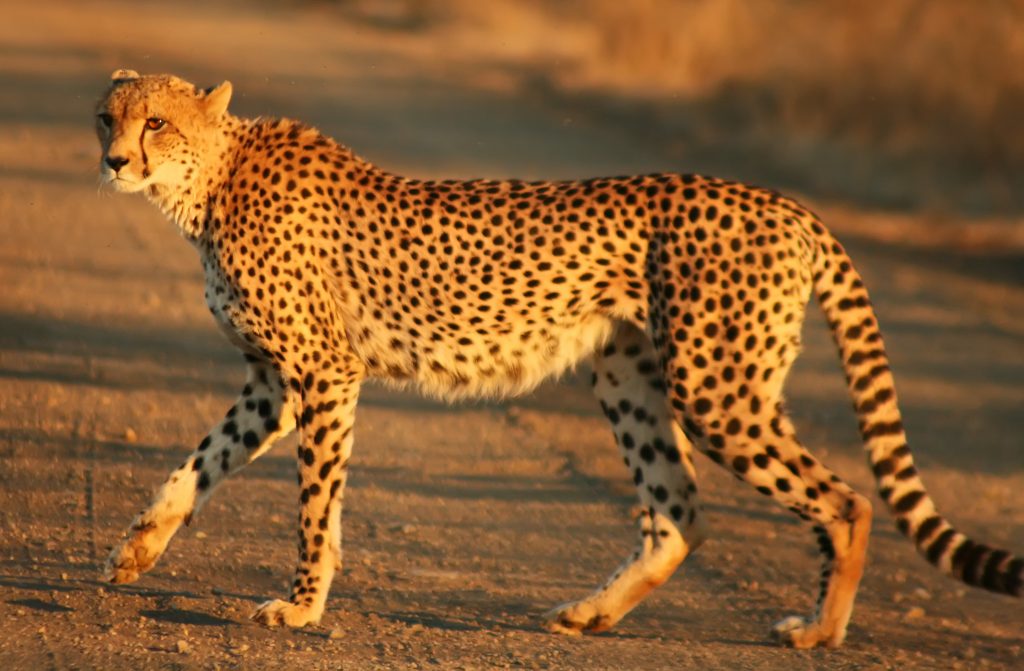
Legs that are proportionally longer than those of other big cats, an elongated spine, unretractable claws, special paw pads for extra traction, and an extra-long tail for balance are all adaptations that have evolved in these animals to live up to the title of the fastest mammal on earth. Possessing a larger liver, adrenal glands, lungs, nasal passages, and heart also helps maintain this title.
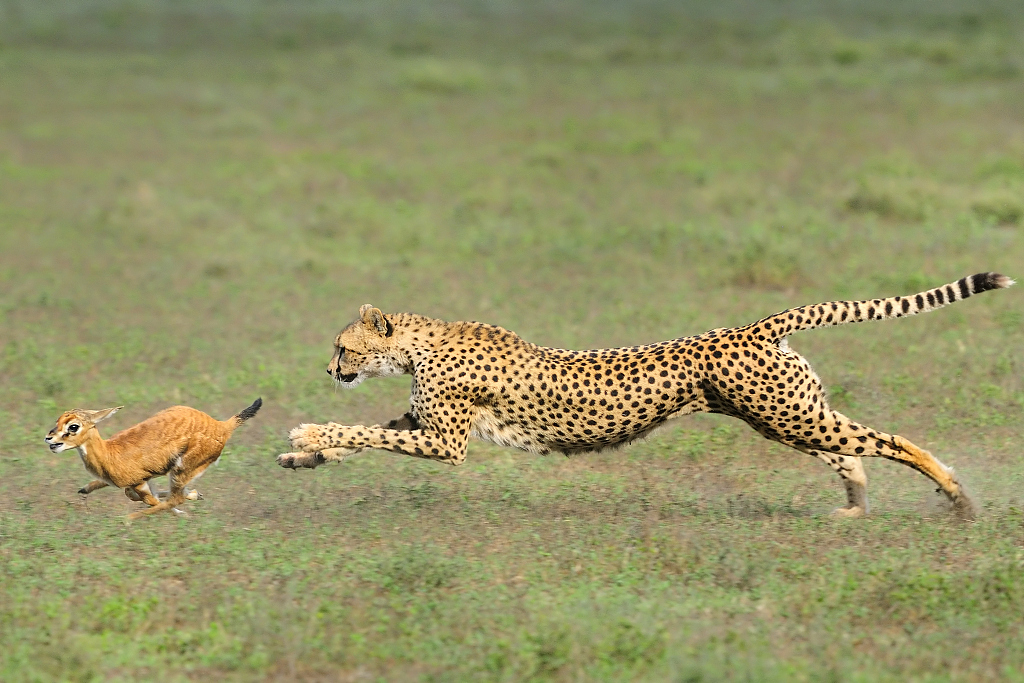
Unlike most big cats, cheetahs hunt mainly during the day, specifically in the early morning and late afternoon. Their diet usually consists of animals such as game birds, rabbits, and different types of antelopes. While hunting more often than not, these cats run at only about half their top speed and still need to rest for about 30 minutes before they can feed on the prey they successfully hunted.

Being the solitary animals they are, males and females of this species only come together during mating. When groups are formed, they mostly consist of a mother and her young, or of coalitions made up of two or three males that are often brothers. Male coalitions live and hunt together for life and occupy an area that may overlap the range of several adult females.
Animals that once inhabited most of Asia and Africa, from dry open country and grasslands to areas of denser vegetation and rocky upland terrain, have now been restricted to just some parts of Africa. Loss of habitat, climate change, being hunted by humans, and declining numbers of their prey have been the main reasons for this catastrophe. Scientists have estimated that today, fewer than 8,000 African cheetahs are living in the wild and that the number of Asian cheetahs left in the world might be fewer than 50.
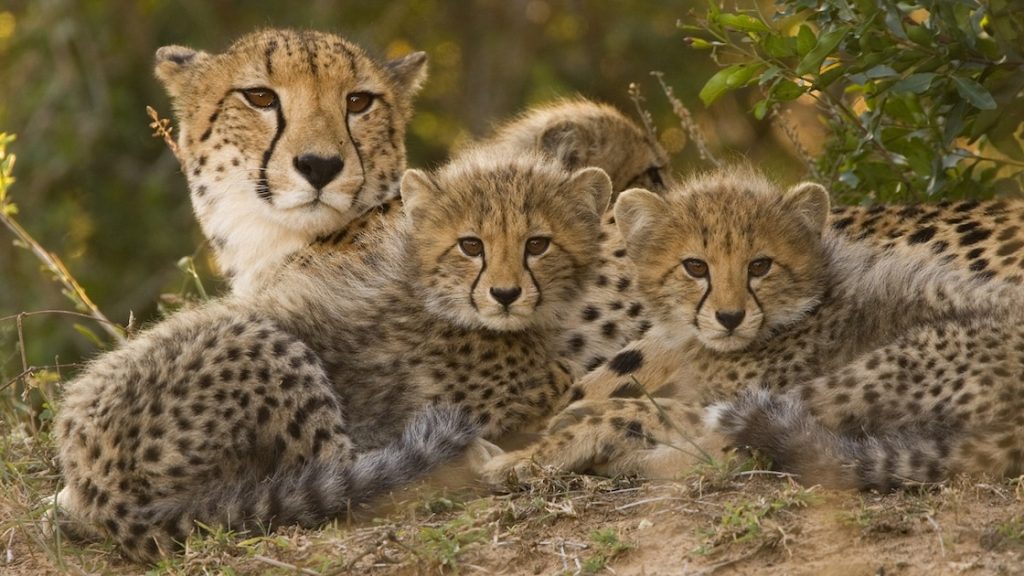
Cheetahs also have a low rate of reproductive success, meaning that, as a species, they are not always able to reproduce. And even when they do, there is about only a 10% chance a cub will make it to adulthood, due to many reasons, one of which is other predators. With fewer offspring, the population can neither grow nor adapt to changes in the environment.
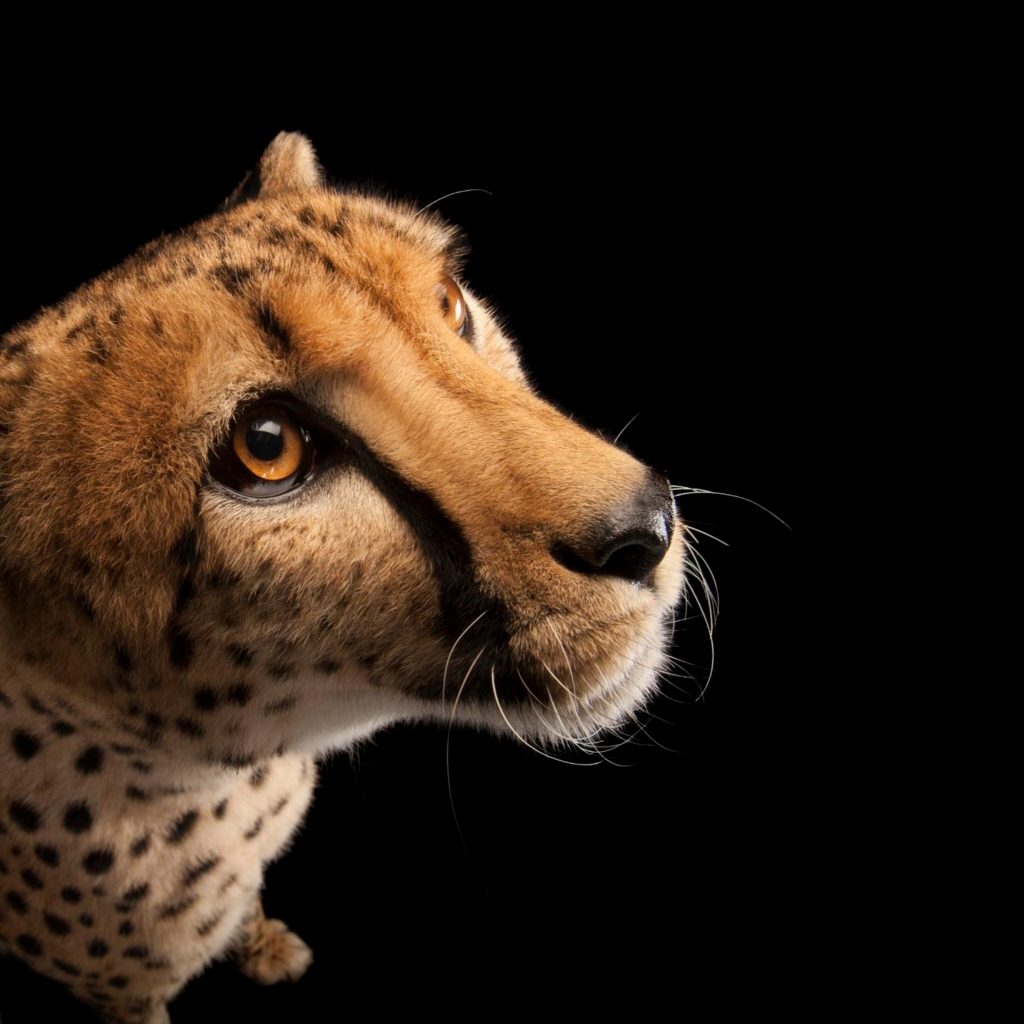
So, what are we waiting for? It’s finally time to ensure that these beautiful creatures also have the chance to remain on earth and call it home, just as much as any other living organism. And we, humans, can make sure that happens.
Written By:
Leandra Shiyara,
1st Year Undergraduate,
Biological Science Stream,
Faculty of Science,
University of Colombo.
References:
- Cheetah. (n.d.). [Video]. Animals. https://kids.nationalgeographic.com/animals/mammals/facts/cheetah
- Johnson, W. (2023, November 8). Cheetah | Description, Speed, Habitat, Diet, cubs, & Facts. Encyclopedia Britannica. https://www.britannica.com/animal/cheetah-mammal
Image Courtesy:
- Title Image: https://biturl.top/FbUzQf
- 1st Content Image: https://biturl.top/UNB3Ej
- 2nd Content Image: https://biturl.top/FZZ7nm
- 3rd Content Image: https://biturl.top/mY3EBv
- 4th Content Image: https://biturl.top/RvmMby
- 5th Content Image: https://biturl.top/2YjUJ3
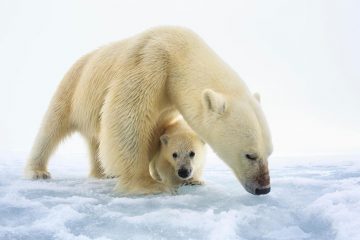
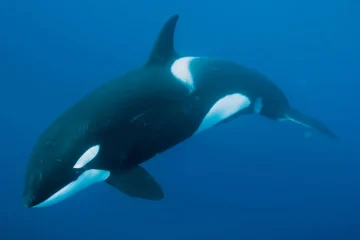
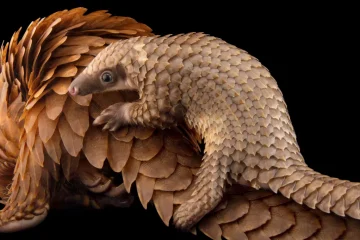
0 Comments